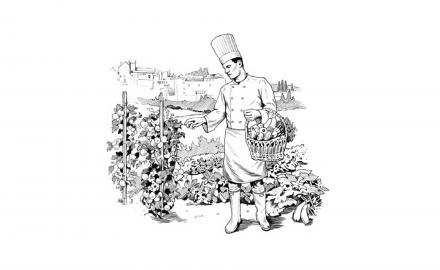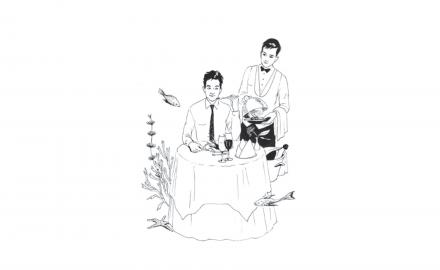N°1 Mystery visit in Practice
What is the aim of a mystery dining visit?
By assessing an establishment's service delivery according to a variety of criteria, a mystery diner helps to identify areas for improvement.
The mystery diner focuses on the products (quality of the dishes, the presentation, etc.) and on the quality of the service; but also on the quality of the environment, both in terms of decoration and facilities (the grounds, visibility of the sign, car parking, toilets, cleanliness, etc.).
What takes place during a mystery dining visit?
After having been selected, the mystery client is briefed on the scenario.He or she familiarises him or herself with the evaluation grid that he or she will need to complete following the visit, which is undertaken incognito. Thus, any risk of bias in the process is avoided. To fill in the grid, the mystery client has the choice between “yes” for criteria that are compliant, “no” for non-compliant, and “not assessed” for those criteria that he or she was unable to assess.
The mystery client also provides his or her overall assessment in a comments section.It is recommended that several mystery dining visits be undertaken, with successive visits organised in “waves”. This makes it possible to improve the objectivity of the assessment and to measure any changes.
How does the establishment benefit from the mystery visit?
The mystery visit is a quality control tool. It helps to determine the customer’s real level of satisfaction, to test their reaction to a new menu, to a change in the decor or the team, etc. Above all, it allows an establishment to check whether quality standards are being upheld and respected.
It is thus a very useful instrument in determining the gap between the perceived quality and the real quality delivered by the establishment. Depending on the results, management teams will draw up courses of action with a view to better meeting customer expectations.
They might decide, for example, to reorganise processes, to introduce new ones, to provide training, etc.
It is imperative that the results be communicated effectively to the operational teams (on site), not only to make full use of the skills of each member but also to highlight areas for improvement.
What is a quality standard?
Quality standards are determined in line with the establishment's positioning and values in order to meet the expectations of its customers. They constitute a frame of reference for the quality of service specific to each establishment. Quality standards encompass the different stages in the delivery of the service and must be applied by every employee in order to ensure consistently high quality service.
They address various issues and concern both tangible elements (comfort or cleanliness, for example) and intangible elements (notably know-how and interpersonal skills). These aspects fully contribute to the establishment’s image.
The role of team leaders (in the dining room and kitchen) is central as it is they who ensure that the standards are applied on a daily basis. Ideally, team members should help define standards as they are primarily responsible for applying them.
With good products, the effective management of quality standards, impeccable service, a touch of originality and plenty of smiles, customers are guaranteed a high quality service!
Realize with Institut Paul Bocuse



